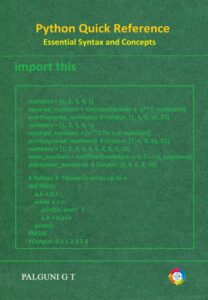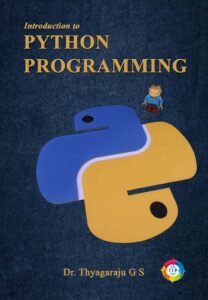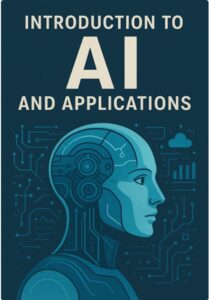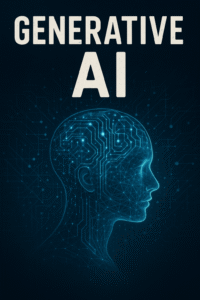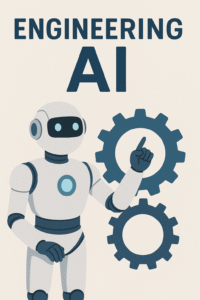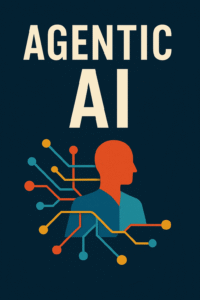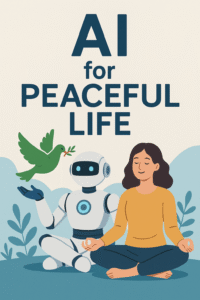[ Image Source : The Right Brain Initiative]
Design thinking is a problem-solving approach that focuses on understanding and addressing the needs and desires of end-users to create innovative and effective solutions. It is a human-centered process that involves empathy, creativity, and collaboration. To illustrate design thinking, let’s consider a use case in the context of designing a mobile app for a nonprofit organization that aims to improve access to education for underprivileged children.
- Empathize: The first stage of design thinking is all about empathizing with the users. In this case, the design team needs to deeply understand the challenges and needs of the underprivileged children and their families who have limited access to education. This involves conducting interviews, surveys, and observations in underserved communities to gain insights into their daily lives, aspirations, and pain points. For instance, the design team might discover that many children lack access to textbooks, have limited internet connectivity, and face transportation issues when trying to attend school. Their families may have concerns about affordability and safety.
- Define: In the second stage, the design team synthesizes the information gathered in the empathize stage to identify specific problems and needs. For our use case, the team could define the problem as “How might we create an educational solution that overcomes the barriers faced by underprivileged children in accessing quality education?”
- Ideate:During the ideation stage, the design team generates a wide range of creative ideas and potential solutions. They brainstorm ways to improve access to education based on the insights gained in the empathize stage. These ideas might include mobile apps, community learning centers, or partnerships with local schools. For our use case, some ideas could be developing a mobile app that provides free educational content, leveraging community spaces as learning hubs, and collaborating with schools to offer scholarships.
- Prototype: In this stage, the team creates low-fidelity prototypes of the most promising ideas. For the mobile app concept, they might design paper sketches or interactive wireframes to visualize the app’s user interface and features. This allows them to quickly test and refine their concepts.
- Test: The prototypes are then tested with representatives from the target user group. In our case, the design team would engage with underprivileged children and their families to get feedback on the app’s usability, content relevance, and user experience. The team iterates and refines the prototype based on the feedback received.
- Implement: After refining the prototype, the team proceeds to develop the actual mobile app. This phase involves collaboration with developers, content creators, and other stakeholders. The goal is to create a user-friendly, accessible, and affordable educational solution that addresses the identified needs.
- Evaluate: Once the app is launched and in use, ongoing evaluation is crucial. User feedback and data analysis can help identify areas for improvement and ensure that the solution continues to meet the needs of the target audience.
Example : Context-Aware Mobile App for Python Programming Learners.
Introduction : Python, known for its simplicity and versatility, is one of the most popular programming languages worldwide. As more and more people aspire to learn Python, it is vital to provide accessible and innovative tools to support their journey. In this article, we explore the concept of a context-aware mobile app for Python programming learners, built through a design thinking approach.
The Design Thinking Approach
Design thinking is a problem-solving method that emphasizes empathy, creativity, and a focus on the end-users’ needs and desires. It is the perfect framework for developing a context-aware mobile app for Python learners, ensuring it is user-centric and tailored to their evolving needs.
- Empathize : The first step in the design thinking process is empathizing with the target users, in this case, Python learners. Understanding their challenges, goals, and preferences is essential. This involves conducting surveys, interviews, and observing how individuals learn and practice Python. Python learners may have varying backgrounds and objectives, from students studying Python in school to professionals looking to expand their skill set. Some might struggle with syntax, while others may seek advanced applications. Understanding these differences is crucial for the design process.
- Define: After gathering insights, it’s time to define the problem. In this context, the design challenge could be stated as: “How might we create a mobile app that adapts to the individual needs of Python learners, providing personalized support and guidance throughout their learning journey?”
- Ideate : Ideation is the stage where creativity flows freely. The design team generates a wide range of ideas to address the problem defined in the previous stage. These ideas could include adaptive content, gamified learning, interactive quizzes, and real-world coding challenges.
- Prototype : The prototyping phase transforms the ideas into tangible solutions. In our case, the team might design the app’s interface and functionality, including features like a personalized dashboard, Python coding editor, interactive lessons, and a recommendation engine for next steps.
- Test : Testing is a critical phase in design thinking. The prototype is presented to Python learners, and their feedback is collected. They may provide insights on the user-friendliness of the app, the effectiveness of the content, and the overall user experience. This iterative process ensures that the app truly meets learners’ needs.
- Implement: Once the app has been refined through testing, it can be developed for real-world use. This phase may require collaboration with developers, content creators, and educational experts.
- Evaluate: After the app’s launch, continuous evaluation is necessary. Feedback from users can help identify areas for improvement and guide updates to meet the evolving needs of Python learners.
Benefits of a Context-Aware Mobile App for Python Learning
A context-aware mobile app for Python programming learners offers numerous advantages:
- Personalization: Learners can receive content and exercises tailored to their skill level and learning objectives.
- Interactivity: The app can include interactive coding exercises, quizzes, and real-world projects that make learning engaging and fun.
- Adaptability: As users progress, the app can adapt and suggest more advanced topics or challenges.
- Accessibility: Learners can access Python resources anytime, anywhere, providing flexibility in their learning.
- Continuous Improvement: Through ongoing evaluation, the app can evolve to meet the ever-changing needs of Python learners.
Conclusion
A context-aware mobile app for Python programming learners, developed using a design thinking approach, holds the potential to revolutionize the way individuals learn and practice Python. By putting the user at the center of the design process and continuously adapting to their needs, this app can offer a highly effective and engaging learning experience. As Python grows in popularity, such innovative tools will become invaluable to learners, whether they are beginners or advanced programmers looking to expand their skills.


